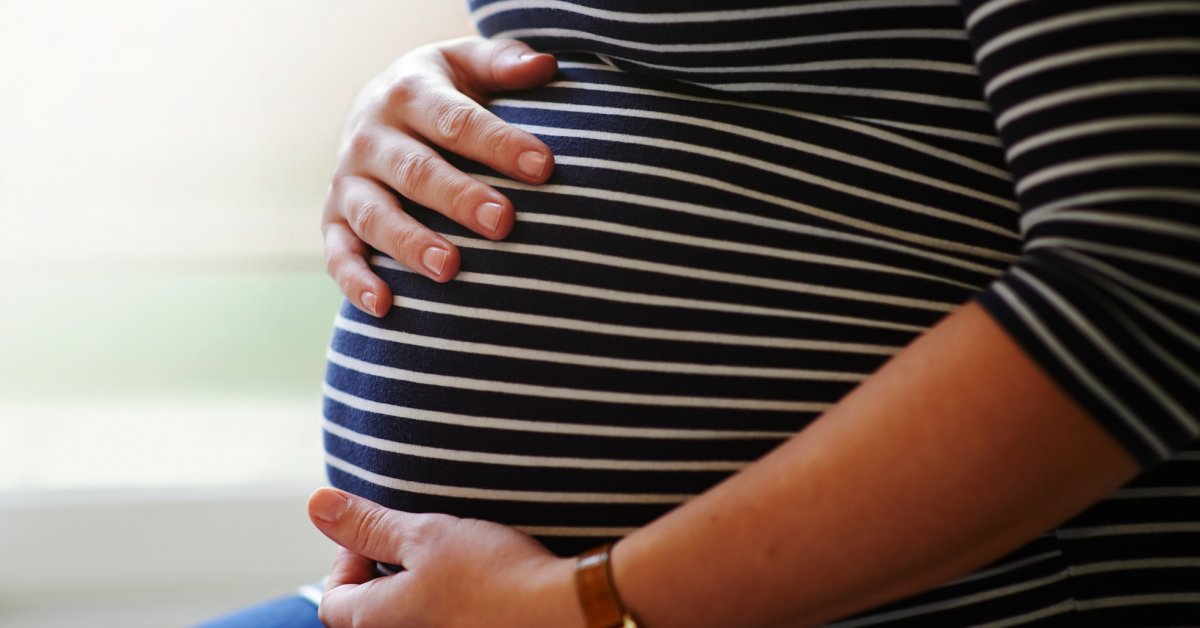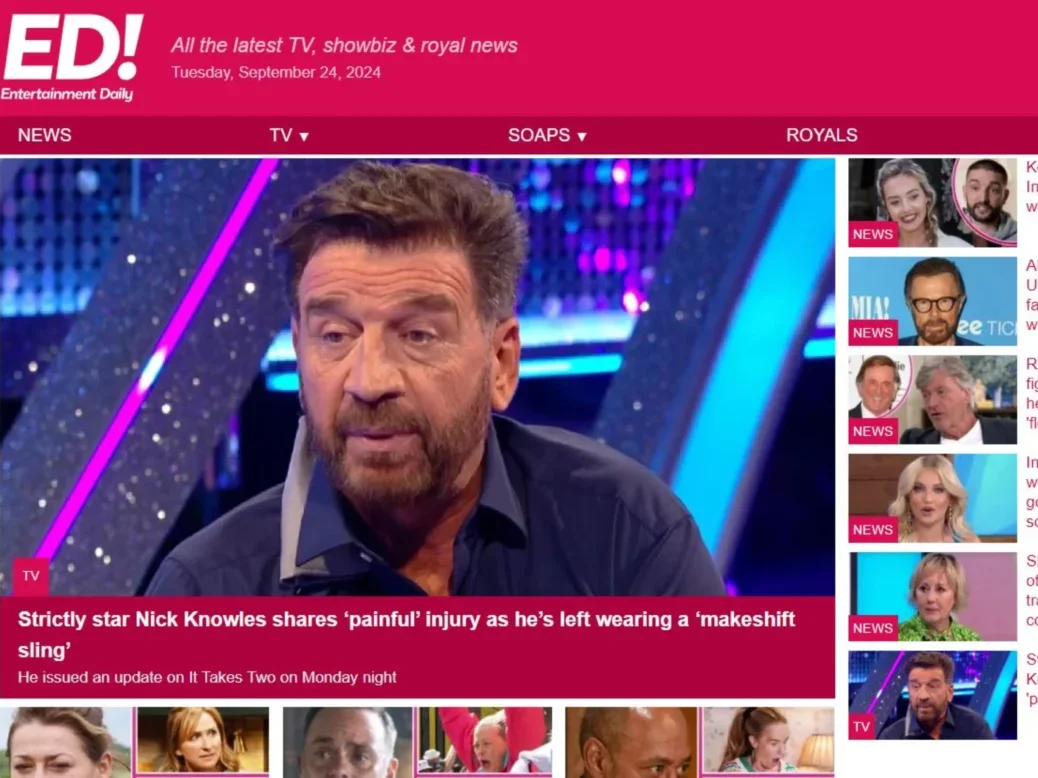At least 210 pregnant people faced criminal charges for “conduct associated” with pregnancy in the first year after the U.S. Supreme Court overturned Roe v. Wade—the highest number documented in a single year, according to a new report by Pregnancy Justice, a nonprofit dedicated to protecting pregnant people’s rights.
The report, released on Tuesday, covered prosecutions initiated from June 24, 2022 to June 23, 2023, but researchers plan to document all charges of pregnancy criminalization in the country in the years since the decision in Dobbs v. Jackson Women’s Health Organization in June 2022. The report defines pregnancy criminalization as occurring “when the state wields a criminal law to render acts associated with a pregnancy, pregnancy loss, birth, and/or associated healthcare the subject of criminal prosecution.” Pregnancy criminalization can include abortion criminalization, but is not limited to it. The majority of the pregnancy-related charges documented in the report, for instance, alleged substance use during pregnancy.
Read More: Here’s What Harris and Trump Said About Abortion in the 2024 Presidential Debate
In the report, researchers called pregnancy criminalization “nothing new.” Pregnancy Justice and other groups have recorded more than 1,800 cases of pregnancy-related charges from 1973 to 2022, according to the report. But researchers attribute the acceleration in pregnancy criminalization in the first year after the Dobbs decision to the rise of “fetal personhood” laws, which grant legal rights to an embryo or fetus. The report found that pregnancy-related prosecutions were highest in Alabama, followed by Oklahoma and South Carolina—states that have abortion bans or restrictions.
TIME discussed the report’s findings and what they mean with Pregnancy Justice President Lourdes Rivera.
This interview has been condensed and edited for clarity.
Can you talk about the types of pregnancy-related charges your team uncovered? The majority of the charges were alleged substance use—why is that significant?
That’s been an ongoing pattern since the war on drugs in the 80s and 90s—that’s been the entry point to help create this idea that there are mothers who are harming their babies. The way people get caught up is they go to their doctors to get access to care. So just imagine: someone has a substance use disorder, they become pregnant, they go to the doctor to get help, and instead they get reported to the family policing system and to law enforcement.
Read More: How Ronald Reagan Helped Abortion Take Over the Republican Agenda
Opioid disorder-related deaths have emerged as [a leading] contributor to maternal mortality, and you do not address that by driving people away from health care, which is what criminalization does. All the major medical associations and public-health associations oppose criminalizing pregnant people and criminalizing substance use during pregnancy because it drives people away from health care, which is exactly what they need.
What would you say is the most important takeaway from the report?
The overarching essential finding is the 210 cases that were uncovered, which is the highest number of criminal cases documented in any single year. The other key finding is that there were 22 cases of people being criminalized for pregnancy loss, a widely shared experience. Post-Dobbs, pregnancy loss is treated as a highly suspicious event.
We were expecting to find, given that it was post-Dobbs, that specific abortion criminalization laws would be used to prosecute people. And we actually, except for one, did not find any cases to date where a specific abortion law was being used to criminalize pregnant people.
The report mentions that four cases included allegations concerning abortion, but that the individuals weren’t prosecuted on an abortion crime charge. Can you talk about the significance of that?
There’s been a lot of focus on the direct attacks on abortion, and we’ve seen backlash to that from the American public. What’s been happening is that pregnant women are being surveilled and investigated and prosecuted—not under specific abortion laws, because I think that would be politically unpopular, but rather, they’re using this mechanism and this architecture that has been built over time that’s been more under the radar.
What’s driving this is this really extreme ideology [of fetal personhood] that used to be on the fringe of the anti-abortion movement, but has now occupied the center and has been embedded in state criminal and civil law—like, for example, in the Alabama IVF decision, where a frozen embryo is now considered a child for purposes of wrongful death.
This infrastructure and architecture is available for prosecutors and law enforcement to use and they don’t have to rely on a specific abortion criminal law.
We have to understand that pregnant people are being criminalized already. And if you’re only looking for the abortion law, then you’re missing a really crucial piece of the big picture.
The report found that the majority of people who were facing pregnancy-related charges in the year post-Dobbs were white and low-income. Oftentimes experts point out that threats to reproductive health disproportionately impact people of color.
Both things continue to be true. If we look at how fetal personhood got a foothold—how it went from the fringey margins and became more like a central strategy—it was in the 80s and 90s, when we were in the midst of the war on drugs, where Black and brown communities were being targeted. And this gave abortion opponents an opportunity to create this whole myth of fetuses as separate victims of Black and brown women’s behavior around the use of substances.
So that mechanism was built, and now as the drug crisis has shifted to opioids and methamphetamines—which is also a crisis that is disproportionately experienced by poor white communities and people in rural areas—you then see the same framework being applied over there.
We’re still seeing Black, brown, and Indigenous women being targeted. The other caveat is that our data relies on the court records, and court records are notoriously under-counting Black and brown and multi-ethnic people.
In 121 of the 210 cases, the information that led to charges was obtained or disclosed in a medical setting. Does that raise concerns for you that people may fear disclosing medical information to their doctors or seeking medical care at all?
Absolutely, this is a huge concern, and that it is really counterproductive. Anyone who goes to the doctor believes that if they share information with their doctor, it’s going to be to the benefit of their own health care. But if you’re a pregnant person, it’s like you have no confidentiality in your medical information. You get treated very differently because of your pregnancy status in health care settings, so this is a glaring gap in patient privacy protection laws.
Sometimes this reporting happens because of bias within those health care settings, and sometimes it is because [of] hospital policy, and sometimes it is because of state law. All of that is just really misdirected and contrary to the positions of major medical associations and public health associations.
What can the government do to address the issues that the report uncovered?
A few things. It depends on the administration, but the Department of Justice and the Office [for] Civil Rights in the Department of Health and Human Services can investigate whether or not this is race and/or sex discrimination.
We also just have to strengthen HIPAA laws to protect patient confidentiality in these circumstances. And we also need to urge states to adopt laws that require patient-informed consent before they can be drug tested at all, or to have their newborns drug tested. They shouldn’t be punished if they refuse to give that consent. There’s so much overtesting that happens without any actual clinical need, and there are false positives—I mean, all kinds of things happen, right? And that just starts this whole cascade of state involvement in your life that could result in a family losing their children or having the pregnant person or the postpartum person be criminalized.














































































































































You must be logged in to post a comment Login